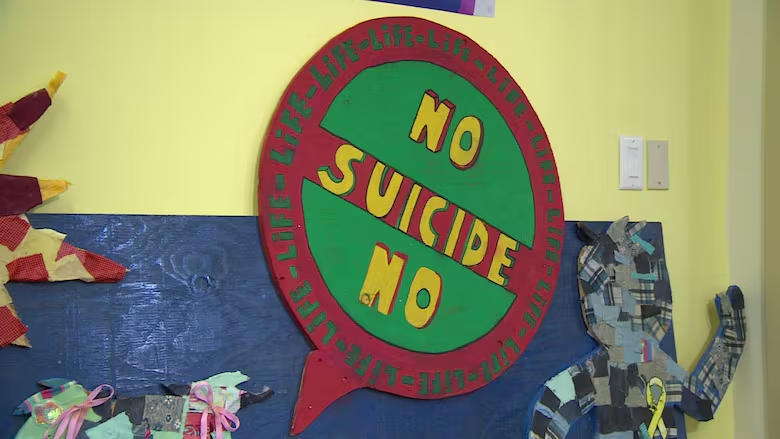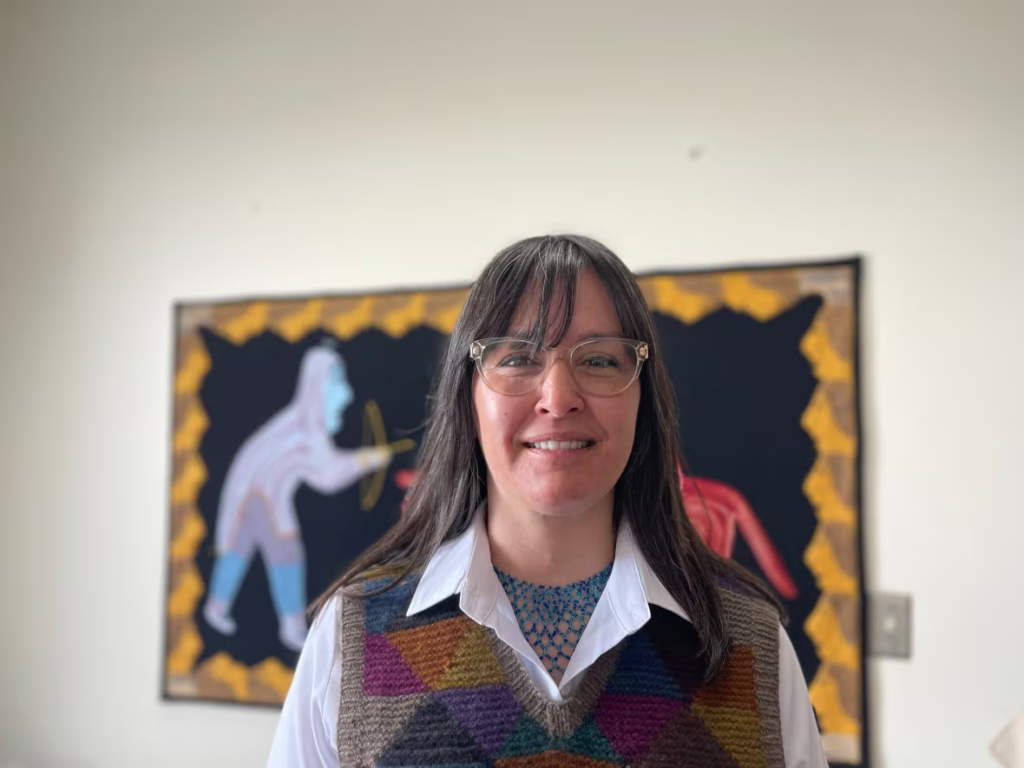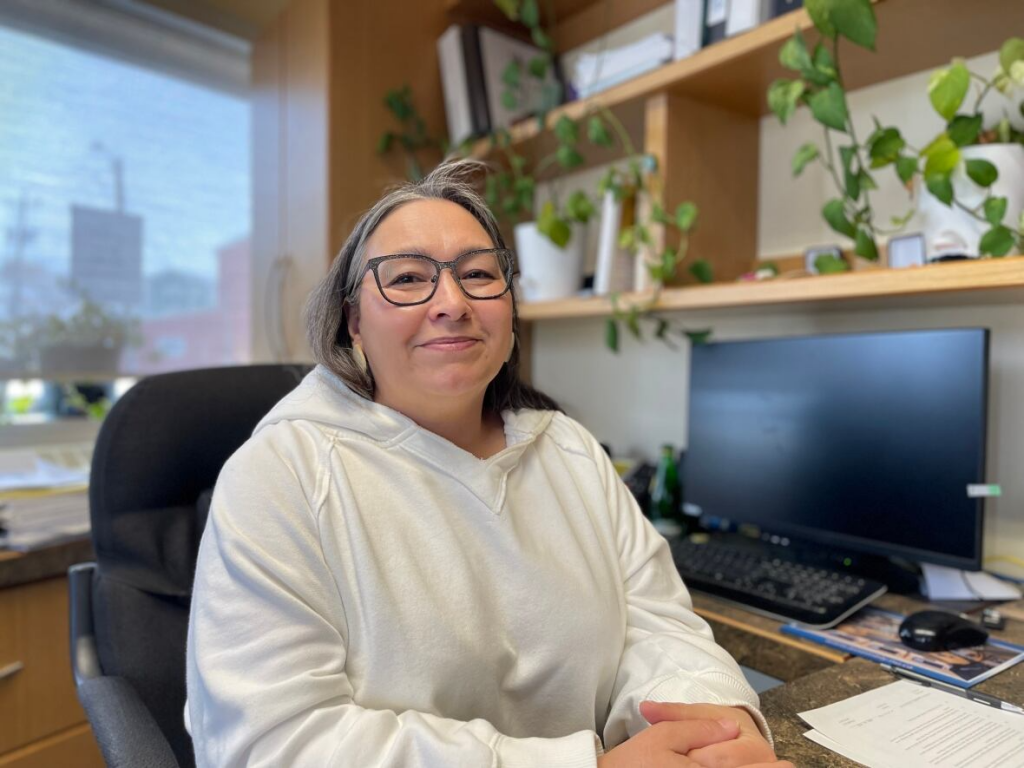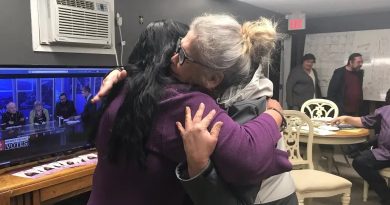Nunavut declared suicide a crisis 10 years ago. Some say it’s time to do that again

Advocates say declaration can re-prioritize the government’s prevention work, and bring in more resources
WARNING: This story discusses suicide.
Some advocates say there are lessons the Nunavut government can learn from a decade ago, as officials continue working on their response to recommendations from a coroner’s inquest in Kimmirut last month.
That inquest looked into the circumstances around the death of George Arlooktoo, 28, during a confrontation with RCMP officers in Kimmirut six years ago. The inquest jury found that Arlooktoo died by suicide on Feb. 9, 2019, from multiple stab wounds to his neck.
One of the jury’s key recommendations was for the territorial government to declare suicide a crisis.
That’s something former premier Peter Taptuna’s government did in October 2015. The move came after another coroner’s inquest that year called for suicide to be declared a public health emergency. The territory also saw a record high number of people take their own lives in 2013.
After the declaration in 2015, Kilikvak Kabloona, who’s now with Nunavut Tunngavik Inc., was tasked with spearheading the Nunavut government’s actions on suicide prevention as the associate deputy minister for quality of life.
“Looking back, the declaration of a crisis by the [inquest] jury at that time opened the door for staff to be hired, for budgets to be secured and for all of the partners to be working together,” Kabloona recalled.
It led to a one-year action plan by the territory, and also Inuit Tapiriit Kanatami’s National Inuit Suicide Prevention Strategy which has received ongoing federal funding since 2019.

While slightly different from a public health emergency — which grants the territorial government more powers to take measures to protect public health — a declaration of a crisis, according to Kabloona, could still allow for more funding and a re-prioritization of the territorial government’s efforts.
Kabloona says there were lasting results from the 2015 declaration, including the delivery of land-based programs in Nunavut’s three regions, plus the addictions and trauma treatment facility in Iqaluit. Still, she says suicide is an incredibly difficult subject.
“Everybody in Nunavut has family and friends [who are affected], and we miss out on those people in our lives. That’s hard.”
Last week, Nunavut Premier P.J. Akeeagok met with ministers about the inquest jury’s recent recommendations. The Department of Health says it’s still working on a response, as it requires action from multiple departments.
MLA calls for whole-of-government approach
In 2024, there were 32 deaths by suicide in the territory, according to the chief coroner’s office. That’s on par with the average over the past decade. The territory has the highest rate of deaths by suicide in the country.
The Nunavut government isn’t able to categorize the epidemiological data of deaths by suicide, meaning the information on the causes and patterns of illnesses. The Department of Health, however, says it’s working on a territorial mental health surveillance system to help with that data collection.
In 2023, Iqaluit-Sinaa MLA Janet Pitsiulaaq Brewster also urged the territorial government to declare suicide a crisis.
“It concerns me that 10 years after the first declaration came, we’re back full circle to the same spot,” she said.

She believes government departments are still working in silos, and they need to take a whole-of-government approach, though that can be difficult with high job-vacancy rates and an overwhelmed workforce.
“So the act of declaring a crisis or a public health emergency can help to bring, at the very least, bring resources together to help those overworked public servants figure out how to pool those resources,” Brewster said.
She adds that suicide prevention requires a holistic approach, as there are many factors that affect mental health, like cost of living, housing, abuse, and a lack of community spaces such as a gymnasium for youth to participate in healthy activities.
Some communities, she adds, also lack support services, and residents are forced to go to larger centres like Iqaluit for those services.
Kennedy Haines is a program evaluation co-ordinator of the Inuusivut Annirnaqtut 2024-2029 action plan, the territory’s fourth suicide prevention action plan.
“I think a lot of people still associate it with mental health and don’t necessarily see the big issue. So it’s really been important to try to get everybody motivated. Suicide is everyone’s responsibility,” Haines said.

She describes suicide prevention as addressing the social determinants of health, like housing, food insecurity, and intergenerational trauma.
For Haines, pouring more resources into suicide prevention means getting the right staff in the right places. That’s a challenge for some smaller communities but she’s optimistic it can be solved.
Youth promoting life
As officials continue to work behind the scenes, young Nunavummiut are busy creating opportunities for people to be healthy and connect with others.
Haines was part of a youth-led event earlier this month to celebrate the territory’s action plan. It was an opportunity for the community to gather to enjoy some music, Inuksiutit (country food) and talk about mental health.
Mia Maurice, a throat singing and drum dancing instructor, says she hears people talking about their mental health struggles all the time, though she also understands others can find it difficult to put into words how they’re feeling.

She also believes it’s important to show to other Nunavummiut the beauty of life in the territory.
“Our culture is so vibrant and so alive … to me, it’s very important to promote our culture and our identity,” she said.
Drum dancer Aura Kwon says music can be a powerful tool for people to heal, and it’s helped her find a community with the Inuksuk Drum Dancers.
“Seeing a lot of youth, especially younger high schoolers that are involved in these community events … I think it really shows a bright future for the community,” she said.
If you or someone you know is struggling, here’s where to look for help:
- In Nunavut and Nunavik, reach the Kamatsiaqtut Help Line 24/7 at 1-800-265-3333 or 867-979-3333.
- Talk Suicide Canada: 1-833-456-4566 (phone) | 45645 (text between 4 p.m. and midnight ET).
- Hope For Wellness Helpline: 1-855-242-3310 (phone, available in Inuktitut, Cree and Ojibway upon request).
- Kids Help Phone: 1-800-668-6868 (phone), live chat counselling on the website.
- Canadian Association for Suicide Prevention: Find a 24-hour crisis centre.
Related stories from around the North:
Canada: N.W.T. MLAs call on government to take immediate action on suicide prevention, CBC News
Finland: Climate change worries Finland’s young reindeer herders, Yle News
United States: Craft space aims to teach Alaska Indigenous women skills — and help beat addiction, Alaska Public Media



